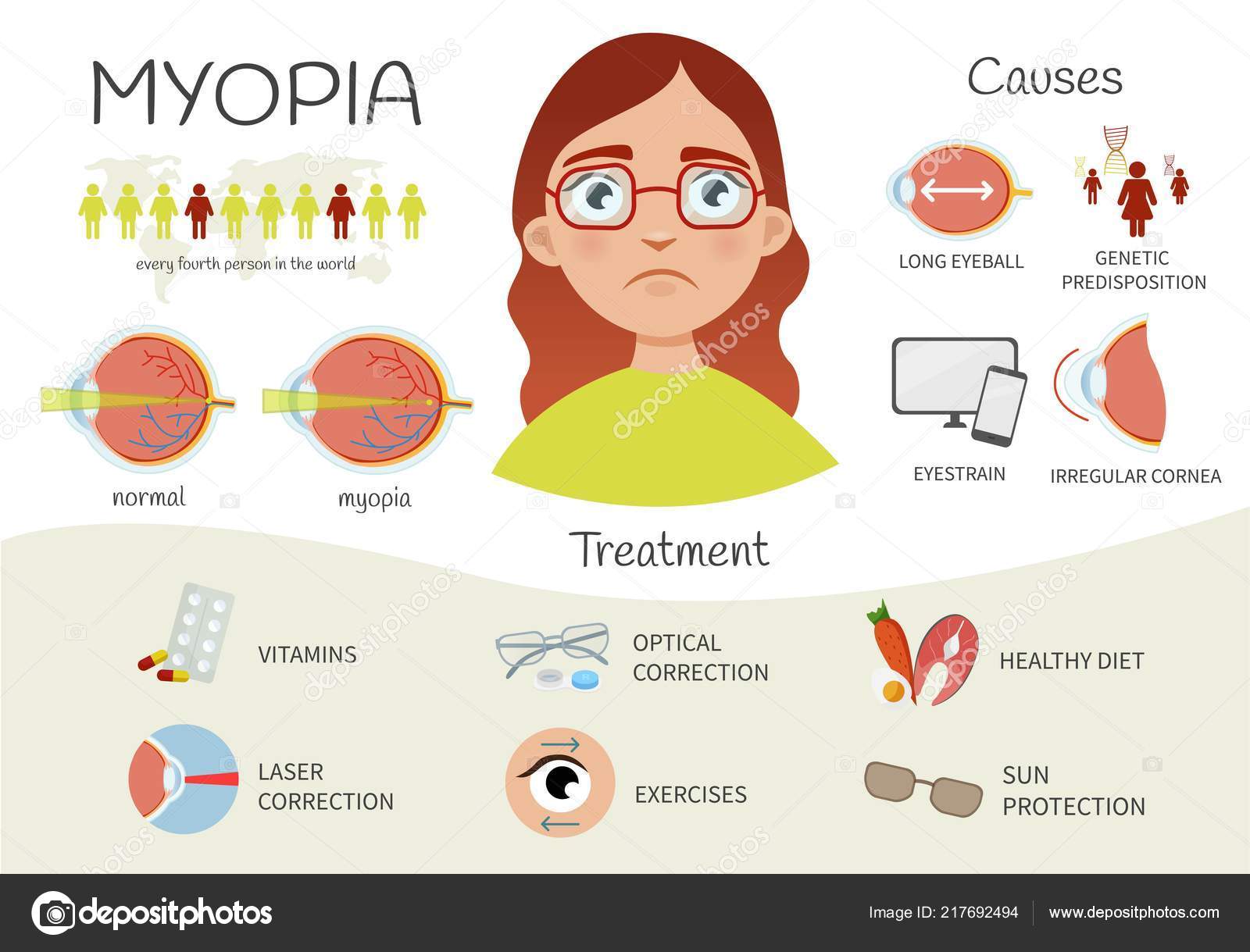An In-Depth Evaluation Of Modern Cataract Surgical Treatment Techniques
An In-Depth Evaluation Of Modern Cataract Surgical Treatment Techniques
Blog Article
Material Author-Korsgaard Alexander
As you explore the advancement of innovative cataract surgical procedure methods, you'll witness a trip noted by resourcefulness and precision. From old methodologies that led the way for modern-day innovations to advanced modern technologies that are reinventing the area, the comprehensive summary of cataract surgery techniques is a testimony to human progress and commitment to improving individual results. The intricate interplay between historic strategies and futuristic advancements develops a fascinating narrative that clarifies the evolution of among one of the most typical surgical procedures worldwide.
Historic Techniques and Technologies
Explore how very early specialists reinvented cataract treatment by using innovative methods and tools. In the past, cataract surgical treatment was a dangerous and unpleasant treatment. However, https://lasikrequirements27395.bloggactif.com/30036271/lasik-vs-prk-discovering-the-right-surgical-choice-for-your-eyes were among the first to attempt medical treatments for cataracts, using a method called 'couching' where a sharp instrument was utilized to press the cataract back right into the eye. This approach, though crude by today's requirements, laid the groundwork for future advancements in cataract surgical treatment.
As time proceeded, Arab physicians made significant payments by establishing specialized needles for cataract removal. These needles were used to penetrate the cataract and then extract it from the eye, noting a significant improvement in surgical accuracy.
Later, in the 18th century, the French specialist Jacques Daviel pioneered the technique of extracapsular cataract removal, where the whole lens was removed intact through a larger laceration. This marked a significant innovation in cataract surgical procedure strategies, leading the way for the modern treatments we make use of today.
Modern Surgical Approaches
Early methods in cataract surgery have actually progressed considerably, causing the advancement of modern-day medical approaches that focus on precision and boosted individual outcomes. Modern cataract surgical treatment currently frequently includes a procedure called phacoemulsification, where an ultrasonic gadget separate the cataract for removal with a small incision. https://holdenysmha.bloggerchest.com/29154687/develop-a-daily-routine-for-dry-eye-relief-that-includes-efficient-practices-to-enhance-your-eye-convenience-significantly allows for quicker healing and minimizes the danger of difficulties contrasted to older methods.
Furthermore, making use of innovative intraocular lenses (IOLs) has actually transformed cataract surgical treatment results. These lenses can fix not only the cataract yet likewise various other refractive errors like astigmatism, decreasing the demand for glasses post-surgery.
Surgeons today additionally have access to advanced imaging modern technologies that aid in precise preoperative planning and intraoperative decision-making. Optical coherence tomography (OCT) and other imaging methods provide detailed images of the eye's structures, permitting a much more individualized technique to every patient's surgical treatment. With these advancements, modern-day cataract surgery techniques remain to improve, supplying individuals much safer treatments and far better aesthetic outcomes.
Emerging Technologies in Cataract Surgical Procedure
With advancements in innovation transforming the area, cataract surgical procedure is witnessing the combination of cutting-edge methods for improved client outcomes. Arising technologies in cataract surgical procedure are improving the landscape of ocular treatments. One such advancement is femtosecond laser innovation, which enables specific corneal incisions, capsulotomies, and lens fragmentation, causing improved medical precision and results.
Furthermore, intraoperative aberrometry is getting popularity, allowing real-time dimensions of refractive errors throughout surgery to improve intraocular lens power computations and lower postoperative refractive shocks.
In addition, using sophisticated imaging innovations like optical comprehensibility tomography (OCT) and intraoperative wavefront aberrometry aids surgeons in specific medical preparation and implementation. These tools provide thorough physiological information and aid personalize surgical techniques for each patient's distinct eye attributes.
In addition, advancements in expert system are being explored to aid in preoperative planning, intraoperative decision-making, and postoperative care, possibly enhancing surgical results and person satisfaction. Accepting these arising technologies in cataract surgical treatment holds assurance for further improving client outcomes and making sure the continued advancement of sensory surgical strategies.
Conclusion
As you trip via the background of cataract surgical treatment, you witness the makeover from old techniques to advanced innovations. Like a phoenix metro climbing from the ashes, cataract surgery has advanced into a beacon of hope and innovation.
Just as a caterpillar emerges from its cocoon as a beautiful butterfly, cataract surgical treatment has progressed into a refined art kind, offering patients clearer vision and a brighter future.
The evolution proceeds, shining a light on countless possibilities.
